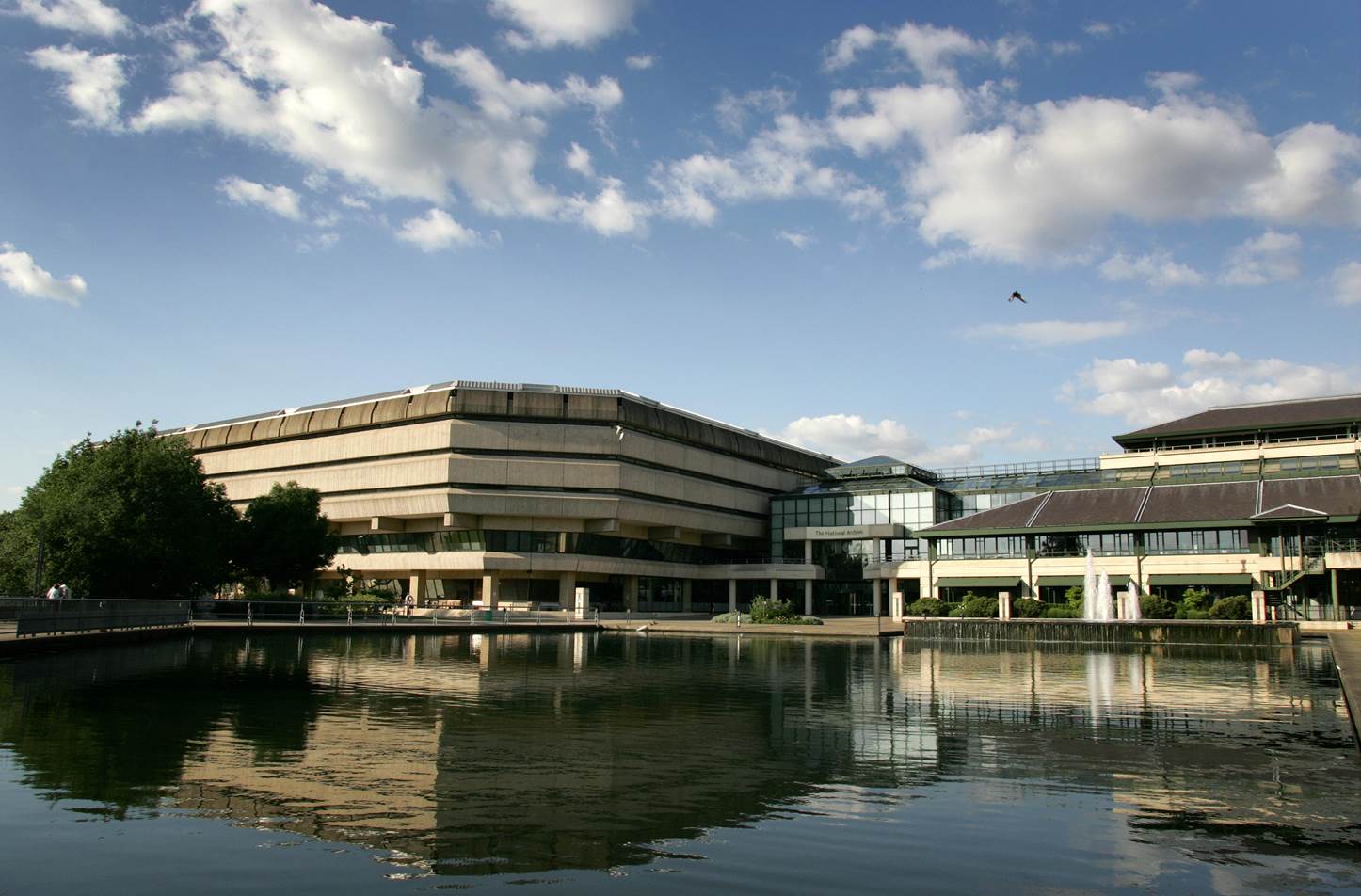Civil Service Commission picks out recruitment of STEM specialists as an area of focus, as annual report reveals serious failings in Cabinet Office process
Credit: Pixabay
Government’s recruitment watchdog has noted an uptick in the number of digital and roles being advertised by departments – which it said can be among the hardest to find vacancies to fill.
The Civil Service Commission – whose role is to monitor government hiring and ensure appointments are fair and meritocratic – recently published its annual report for the 2021/22 year. The document reveals that 98,815 appointments were made across the civil service during the year; this represents an increase of more than 8,000.
A total of 83,520 roles were “recruited through fair and open competition”. The remaining 15,295 were “appointed by exception” – a figure that has been cut in half in comparison with the 2020/21 year, which contained much of the time the country spent in lockdown or other pandemic-related restrictions.
The report noted that government’s response to the coronavirus crisis has prompted an increase in agencies seeking technical skills.
“Post-pandemic, the commission has noted that many departments are increasingly seeking to attract candidates from a science, technology, engineering and maths background,” it said. “There has also been an increase in the number of digital- and data-driven roles, which can be more difficult to recruit to, due to higher salaries on offer in other sectors.”
Related content
- Government leaders of the future will need digital and data expertise, says head of Fast Stream
- Whitehall’s top official admits need to improve civil service technical skills
- Digital skills gaps remain despite civil service adding 10,000 people last year
Rosie Glazebrook – who led the watchdog for almost of half of the 2021/22 year, but has now completed her five-year term as a commissioner – said that enabling the hiring of senior technologists will be an important area for the body in the future.
“The successful recruitment of leaders with scientific, digital and technical skills is a key focus for commissioners,” she said.
‘Requiring intervention’
The report reveals that, when compared with the prior year, there was a marked increase in recorded breaches of government’s recruitment principles in FY22: from 122 to 176.
Among the repeated offenders was the Cabinet Office, with 11 contraventions. After three years of consistently poor and worsening performance in its recruitment performance, the commission has created a new category to reflect the failings of the central department – which is now rated as “requiring regulatory intervention”.
Being part of this category could mean the commission conducts more frequent audits and more targeted audits to look specifically at the areas where weaknesses have been found.
Departments may also, in some cases, need to get the commission’s permission before putting out job adverts, inviting candidates to be interviewed and making appointments, to allow the regulator to ensure the processes meet its standards.
A commission spokesperson said: “’This is a new rating which we have brought in as part of our new, risk-based approach, which will allow us to focus much more on poor performance in the civil service and raise overall recruitment standards across government.”
Asked what specific interventions the watchdog plans to make in the Cabinet Office’s case, they added: “The commission is working closely with the Cabinet Office to improve their processes and embed good practice.”
The commission now has nine ratings, which show departments’ performance level in meeting recruitment principles and their expected trajectory. These are:
Good: static; or at risk
Fair: likely to improve; static; or at risk or static,
Poor: likely to improve; static; at risk; or requiring regulatory intervention
The ratings are not based solely on the number of times departments breach the recruitment rules, but also reflect how departments are responding to issues as they arise. Larger departments, such as the Department for Health and Social Care, recruit more and so are likely to have more breaches.
The Cabinet Office had 10 breaches in 2019-20, 14 in 2020-21 and 11 in 2021-22; while DHSC’s breaches climbed from four to 24 to 37 in those three years.
In this time, the Cabinet Office went from “poor – static” to “poor – at risk” to “poor – requires regulatory intervention”, while DHSC went from “fair – static” to “poor – at risk” to “poor – likely to improve”.
Nine departments or public bodies were rated “poor” this year, with one – the Ministry of Defence – at risk of moving into “requires regulatory intervention”. Another, Ofwat, was rated “static”, while the other seven were all “likely to improve”.
The MoD was responsible for one of the most serious breaches described in the report: an unlawful appointment where a candidate’s application was rescored and the commentary around their performance was rewritten to suit the requirements of the role.
Other serious contraventions included a candidate for a National Crime Agency role receiving someone else’s feedback and The Department for Transport using a written exercise that was biased towards internal candidates.
Most of the Cabinet Office breaches were of exception conditions – which allow departments to recruit outside the normal principles for specific roles. An example of a break of exception conditions would be using the exception use outside the period it was allowed for.
Other Cabinet Office breaches included: record-keeping; adding an unadvertised recruitment process stage; and not getting approval for a salary above the SCS2 pay band.
A government spokesperson said: “We are committed to improving our recruitment processes to ensure they meet the standard as set out by the Civil Service Commission and are taking the necessary steps to address the issues raised in the report.”



